Introduction
Understanding composite decking essentials is crucial not only for selecting the right materials but also for ensuring a long-lasting installation. The right installation techniques can make all the difference, transforming your deck from a simple structure into an inviting oasis.
Understanding Composite Decking Essentials
Composite decking is made from a blend of wood fibers and recycled plastic, offering the best of both worlds: the beauty of natural wood without its maintenance woes. This innovative material resists rotting, warping, and fading, making it an ideal choice for decks exposed to the elements. However, knowing how to screw down composite decking properly is essential; otherwise, you may find your beautiful investment suffering from issues such as splitting or loosening over time.
Importance of Proper Installation Techniques
Proper installation techniques are vital when working with composite materials because they can significantly affect both performance and longevity. If screws are not installed correctly—whether through improper pre-drilling or inadequate countersinking—you could face problems that lead to costly repairs down the line. By mastering these techniques early on in your project, you set yourself up for success and ensure that your deck remains safe and visually appealing.
Overview of the Screwing Process
From selecting the right screws to understanding proper screw positioning for security and appearance, each step plays a critical role in achieving optimal results. So grab your tools and get ready; we’re about to dive deep into how to screw down composite decking like a pro!
Selecting the Right Screws for Composite Decking
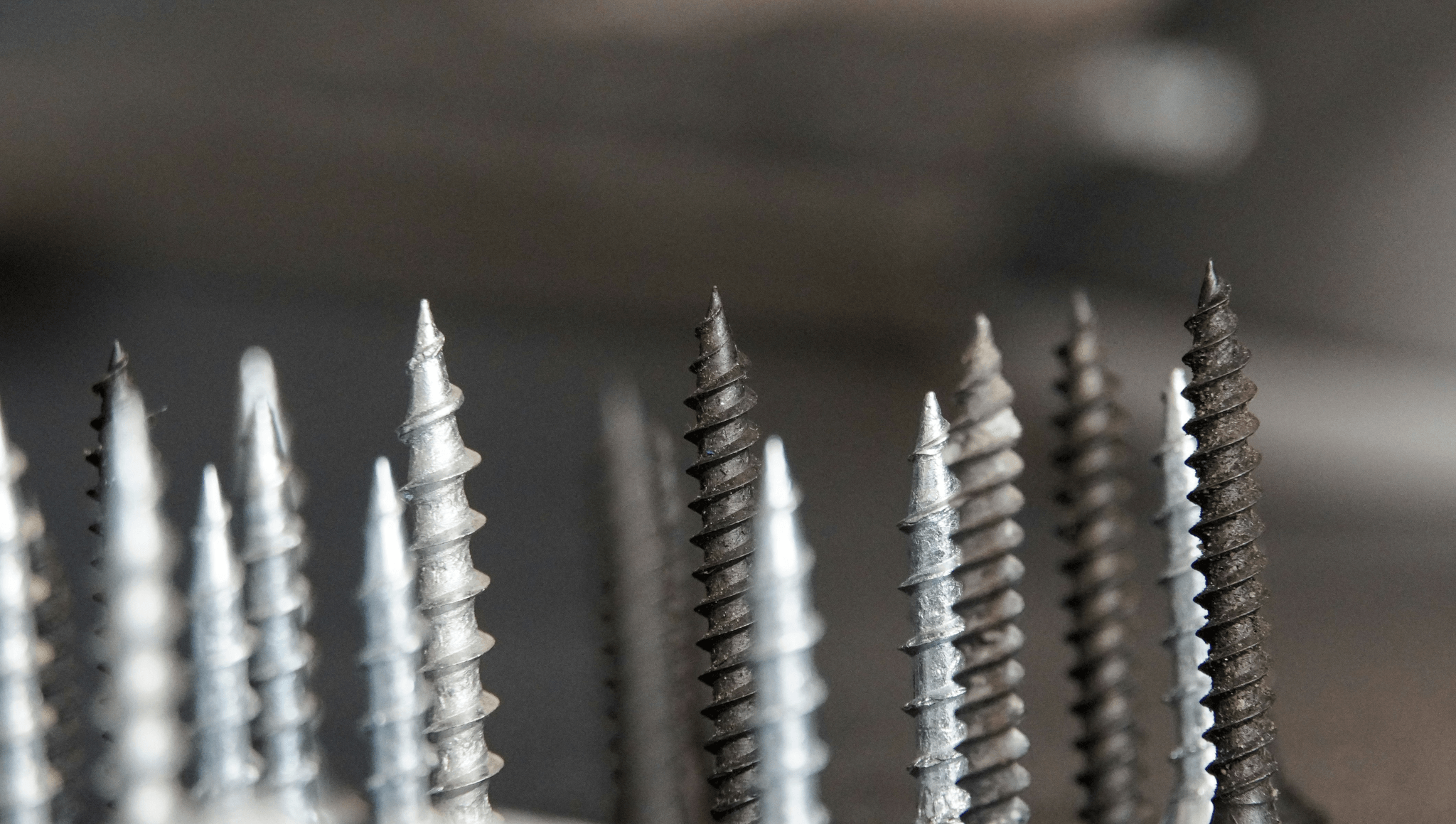
The wrong screws can lead to issues like rusting or cracking, which no one wants in their beautiful deck. In this section, we’ll dive into the nitty-gritty of screw materials, lengths, thicknesses, and some recommended brands that will make your installation smoother than a freshly sanded board.
Screw Material and Coating Choices
Choosing the right screw material is essential when you're selecting the right screws for composite decking. Stainless steel screws are often favored due to their resistance to corrosion, especially in moist environments where wood may rot or decay. Alternatively, coated screws—like those made with polymer or ceramic finishes—offer additional protection against moisture while also providing a nice aesthetic touch that complements your decking.
Moreover, it's vital to avoid using plain steel screws as they can rust over time and damage your composite boards. If you want longevity in your project and peace of mind knowing you won’t be redoing it anytime soon, investing in quality materials is key. Remember that a little extra spent on high-quality screws now can save you from headaches later!
Length and Thickness Considerations
When determining how to screw down composite decking effectively, length and thickness of the screws play significant roles in securing your boards properly. Generally speaking, 2 ½ inch long screws work well for most composite decking applications; however, always check manufacturer recommendations as some materials may require specific lengths for optimal performance.
Thickness matters too; look for screws that are at least #8 gauge thick to ensure they hold up under pressure without bending or breaking during installation. It’s all about creating a solid foundation that stands the test of time—and trust me; no one wants a wobbly deck!
Recommended Brands for Quality
For those looking for reliable options while selecting the right screws for composite decking, brands like DeckMaster and Starborn offer excellent choices known for their durability and performance under various conditions.
Additionally, companies like GRK Fasteners provide innovative designs specifically tailored for composite materials which make them an excellent choice if you're serious about how to screw down composite decking effectively. Investing in reputable brands means fewer worries about rusting or stripping over time—a win-win situation if you ask me!
Pre-Drilling and Countersinking: Necessary Actions
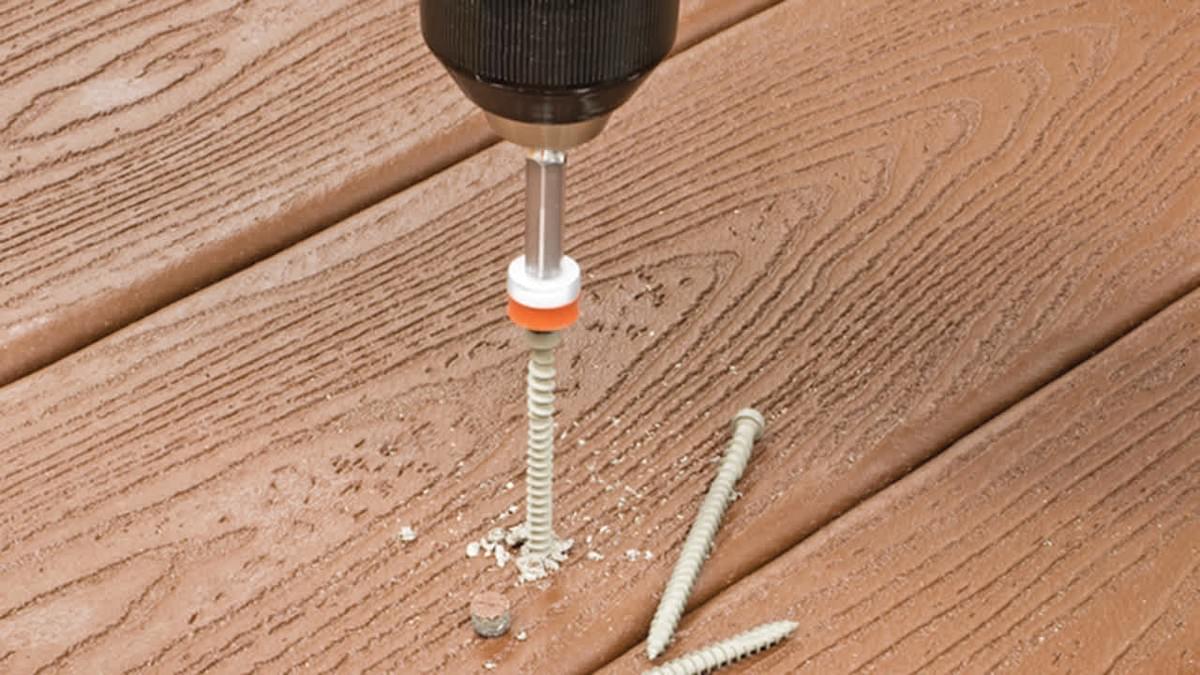
These techniques help ensure that your screws are securely anchored while minimizing the risk of damaging the composite material. By taking the time to pre-drill and countersink, you’ll achieve a cleaner finish and increase the longevity of your decking installation.
Benefits of Pre-Drilling for Composite Decking
Pre-drilling is a game-changer for anyone looking to install composite decking effectively. First off, it helps prevent splitting or cracking in the boards, which can be a common issue when driving screws directly into composite materials. Additionally, this technique allows for better screw alignment and provides a more secure fit, ensuring that your deck remains stable over time—something you definitely want when considering proper screw positioning for security and appearance.
Moreover, pre-drilling can save you time in the long run by reducing the frustration associated with misaligned screws or damaged boards. With less chance of mistakes, you’ll find that how to screw down composite decking becomes a smoother process overall. So don’t skip this crucial step if you want your project to stand the test of time!
Techniques for Countersinking Screws
Once you've mastered pre-drilling, it's time to tackle countersinking—another vital step in achieving an aesthetically pleasing deck surface. Countersinking involves creating a slight indentation around the screw hole so that the head of the screw sits flush with or slightly below the surface of the decking board. This not only enhances visual appeal but also reduces potential tripping hazards.
To countersink effectively, use either a dedicated countersink bit or adjust your drill bit accordingly after pre-drilling. The goal is to create enough space for each screw head without compromising structural integrity; nobody wants their beautiful new deck looking like Swiss cheese! Remember that proper screw positioning for security and appearance is key here; an even finish will keep things looking sharp.
Tools Required for Efficient Pre-Drilling
For pre-drilling, you'll need a high-quality drill fitted with appropriate bits designed specifically for composite materials—look out for titanium-coated options as they tend to last longer and perform better than standard bits!
In addition to drills and bits, having a depth stop attachment can help ensure uniformity throughout your project by preventing over-drilling—a common pitfall when learning how to screw down composite decking. Don’t forget about safety gear like goggles and gloves; protecting yourself while working on home improvement projects should always be top priority!
Proper Screw Positioning for Security and Appearance
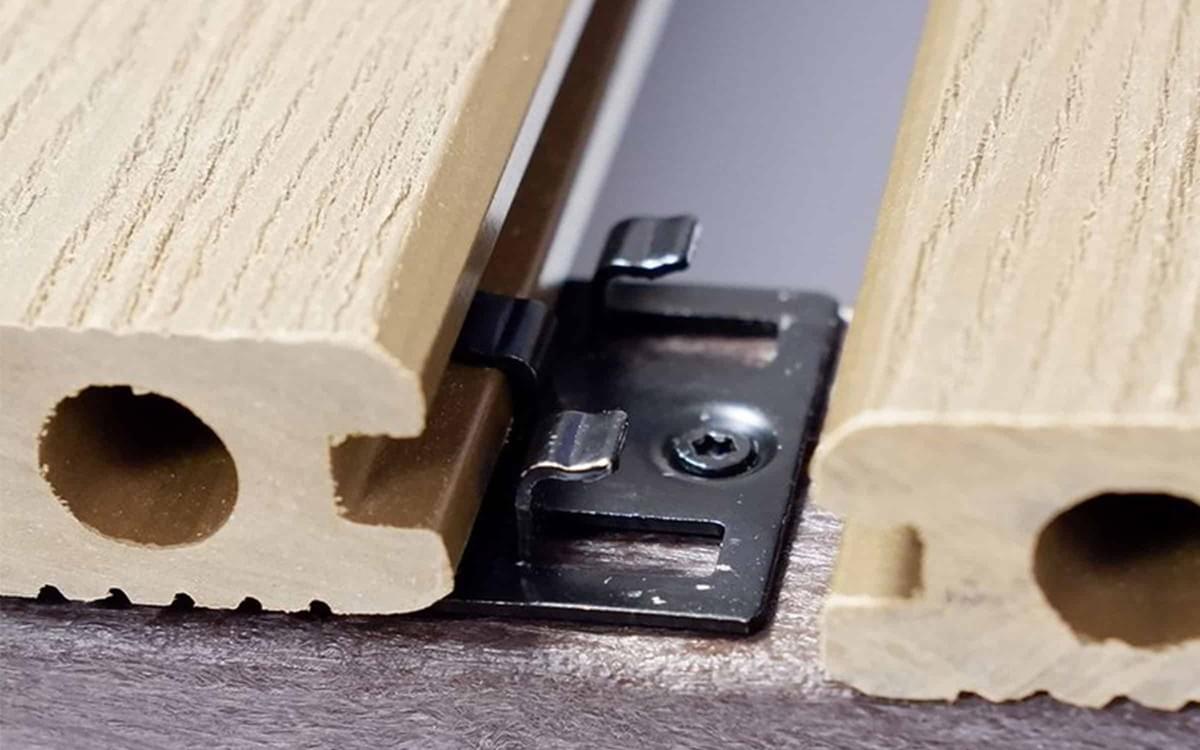
Getting this right means your deck will look great and stand the test of time, avoiding any unsightly gaps or misalignment. In this section, we’ll cover recommended spacing between screws, optimal placement for aesthetics, and common mistakes to avoid.
Recommended Spacing Between Screws
The spacing between screws plays a pivotal role in ensuring the security of your composite decking. Generally, a spacing of 16 inches on center is recommended when installing boards; however, if you're working with wider boards or heavier traffic areas, you may want to reduce that distance to 12 inches. This helps distribute weight evenly and minimizes the risk of warping or loosening over time—essential when considering how to screw down composite decking effectively.
Optimal Placement for Aesthetics
In addition to security, the visual appeal of your deck hinges on the optimal placement of screws. Aligning screws along the edges or in pre-determined patterns can enhance the overall look while maintaining functionality. For example, placing screws at regular intervals along the board’s length can create a clean line that draws attention without being distracting—an essential factor when selecting the right screws for composite decking.
Common Mistakes to Avoid
While knowing how to screw down composite decking seems straightforward, there are common pitfalls that can compromise both appearance and durability. One major mistake is over-tightening screws; this can lead to cracking in composite materials and diminish their lifespan. Another frequent error is neglecting proper alignment; unevenly spaced or misaligned screws can ruin an otherwise perfect deck layout—definitely something you want to avoid!
Tools You’ll Need for the Job
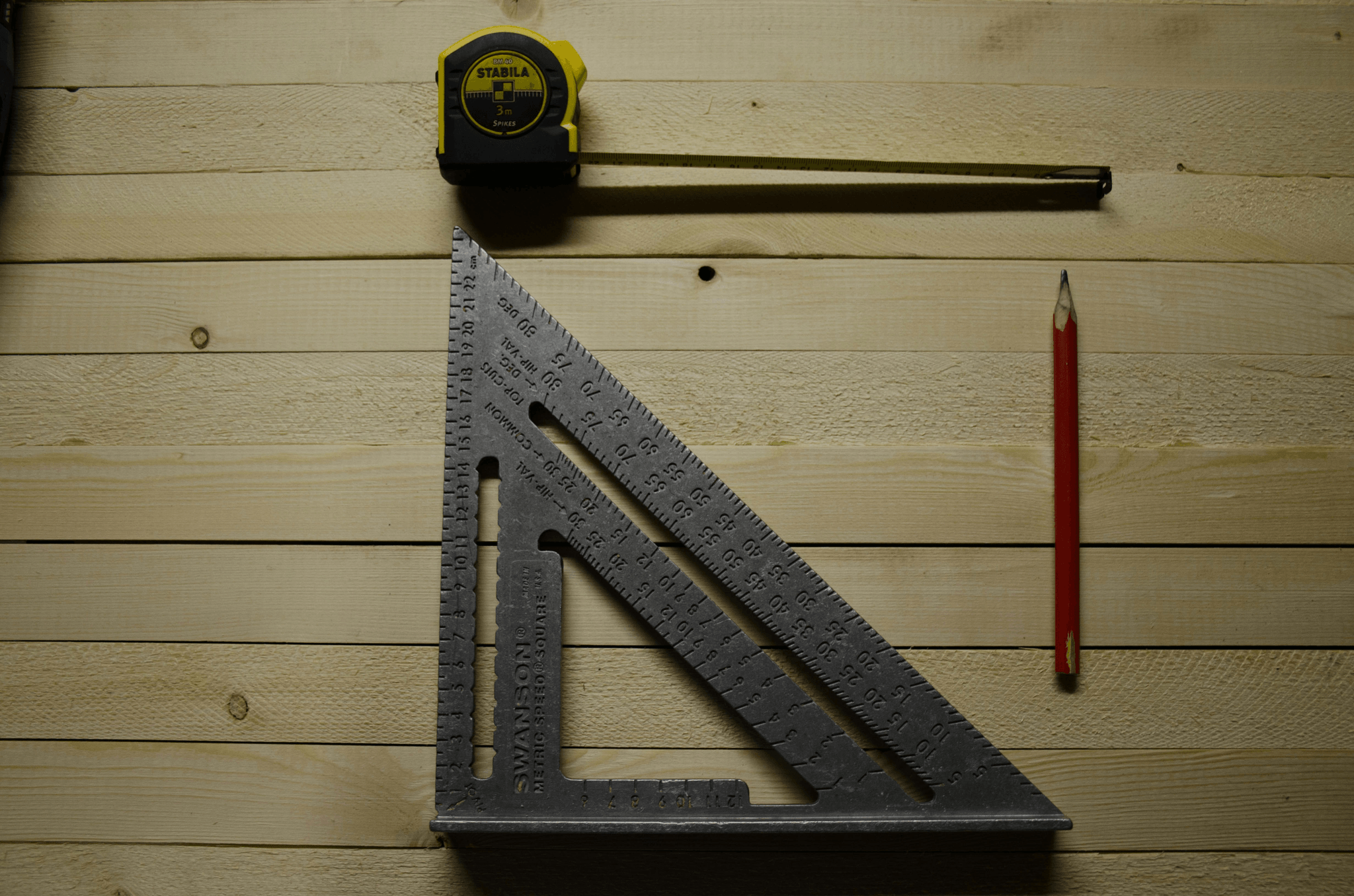
Knowing how to screw down composite decking effectively requires not just skill but also a well-equipped toolbox. From screwdrivers to drills, each tool plays a vital role in ensuring your decking is secure and aesthetically pleasing.
Essential Tools for Screw Down Installation
First and foremost, you’ll need a high-quality drill with adjustable speed settings and torque control for pre-drilling and countersinking: necessary actions that prevent damage to your composite boards. A countersink bit is also crucial, allowing you to create a smooth recess for screws—this is especially important for achieving proper screw positioning for security and appearance. Don’t forget a reliable tape measure; accurate measurements ensure that your spacing between screws is consistent, which contributes to both strength and visual appeal.
Additionally, a square helps confirm that your boards are aligned correctly during installation. A level ensures that everything sits flat and even—nobody wants a wobbly deck! Lastly, having a good set of screwdrivers on hand will allow you to tighten any loose screws later on without needing more extensive tools.
Recommended Brands for Durability
When selecting tools, durability should be at the forefront of your mind; after all, you want them to last through multiple projects! Brands like DeWalt and Makita are renowned for their robust drills that can handle the rigors of screwing down composite decking efficiently. For countersink bits, look no further than Irwin or Bosch; their products are designed specifically with durability in mind.
For measuring tools, Stanley offers reliable options known for their accuracy over time—an essential quality when you're determining how to screw down composite decking properly. And while we’re at it, don’t overlook the importance of quality screws! Brands like DeckMate or Spax provide excellent options tailored specifically for composite materials.
Safety Gear to Consider
Safety should never take a backseat when engaging in DIY projects like installing composite decking; after all, you want this experience to be enjoyable rather than hazardous! Begin with protective eyewear; flying debris can easily ruin your day if you're not careful while drilling or cutting materials. Hearing protection is another must-have since power tools can be quite loud—your ears will thank you later!
Don’t forget gloves; they protect against splinters from both wood and composite materials as well as sharp edges on tools themselves. Steel-toed boots are also worth considering if you're working with heavy boards or equipment—they'll keep your feet safe from accidental drops while you're busy getting everything just right! By combining these safety measures with knowledge on selecting the right screws for compound decking and proper installation techniques, you'll set yourself up for success in creating an outdoor space you'll love.
Common Issues and How to Fix Them
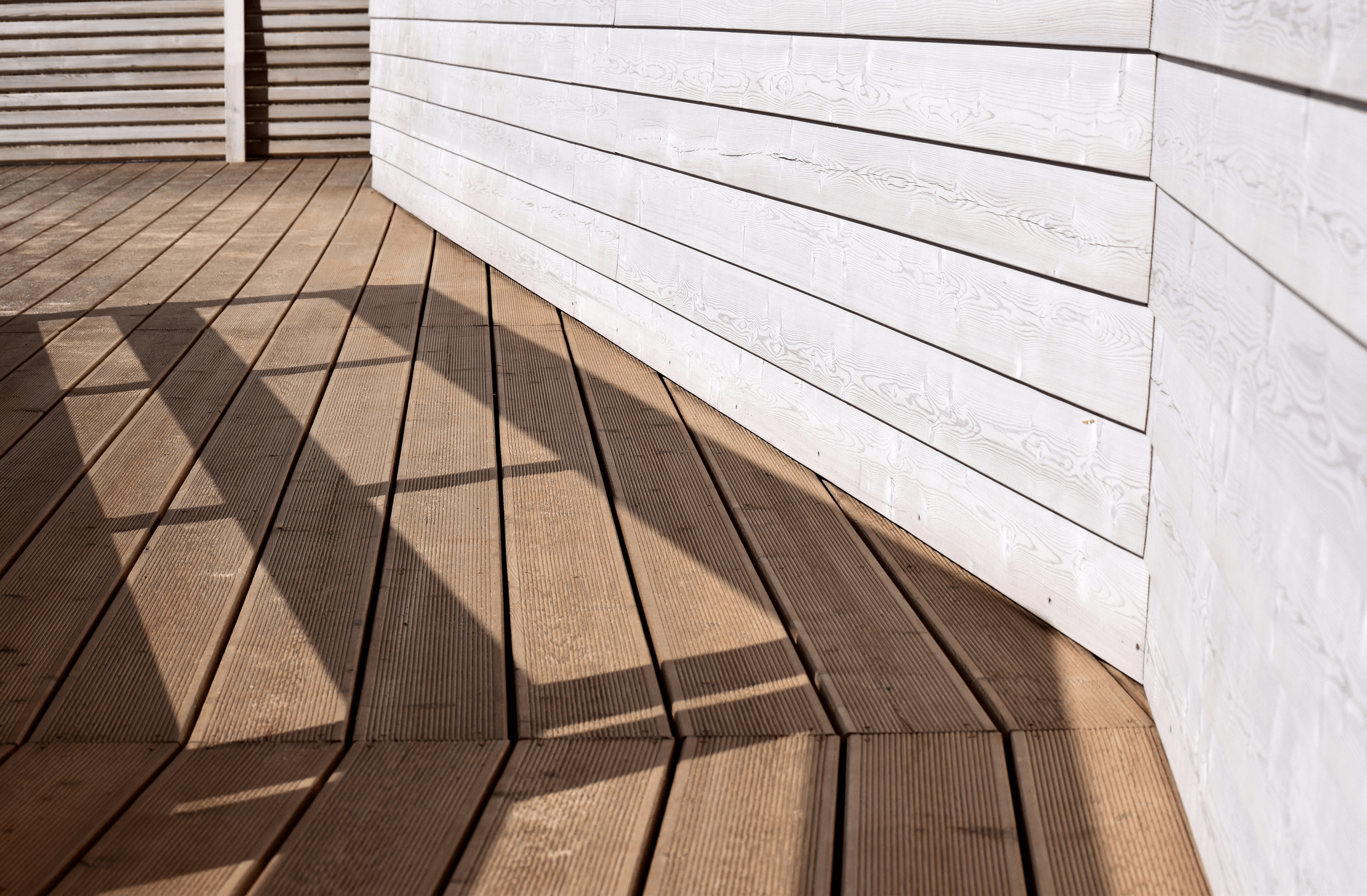
When it comes to installing composite decking, even the most seasoned DIYers can encounter a few bumps along the way. Understanding how to screw down composite decking properly can help mitigate these issues, but sometimes things go awry despite our best efforts. Here are some common problems you might face and how to tackle them effectively.
Troubleshooting Loose or Misaligned Screws
Loose screws can be a real headache when installing composite decking; they not only compromise security but can also ruin the aesthetics of your project. If you notice that screws are not holding tight, it may be due to improper screw positioning for security and appearance or using the wrong type of screws altogether. To fix this, first check if you've selected the right screws for composite decking; if they're too short or thin, consider replacing them with longer or thicker options that provide better grip.
Misaligned screws can also lead to an unsightly finish on your deck, which is where pre-drilling and countersinking: necessary actions come into play. If you find that some screws are misaligned, carefully remove them and re-drill holes as needed for better alignment before reinserting new screws. Remember, ensuring proper screw positioning from the start will save you time and frustration in the long run.
How to Repair Damaged Composite Boards
Even with careful installation techniques like pre-drilling and countersinking, accidents happen—boards can crack or warp over time due to weather conditions or heavy loads. If you find yourself dealing with damaged composite boards, don’t panic; there are straightforward repair methods available that won’t break the bank! For small cracks, applying a specialized composite board repair kit will do wonders—just follow the manufacturer’s instructions for best results.
If a board is significantly warped or damaged beyond simple fixes, replacing it may be your best option. First, remove any loose screws using proper tools designed for this task; once removed, carefully lift out the damaged board and replace it with a new one while ensuring it's securely fastened using recommended brands known for durability in outdoor conditions. By keeping an eye on your deck's condition regularly, you'll catch these issues early before they escalate.
Tips for Preventing Future Problems
Preventing issues with your composite decking is all about maintaining good habits during installation and regular upkeep afterward. Start by making sure you're well-informed about selecting the right screws for compound decking; investing in high-quality materials from reputable brands will pay off in durability over time! Additionally, adhering strictly to guidelines regarding proper screw positioning for security and appearance will help maintain both functionality and aesthetic appeal.
Regular inspections of your deck are essential—look out for loose screws or signs of wear on boards every few months so you can address any issues before they worsen. Also consider seasonal maintenance tips such as cleaning debris from between boards and ensuring drainage systems function correctly; this proactive approach goes a long way in prolonging your deck's lifespan! By following these simple yet effective strategies during installation and aftercare, you'll enjoy a beautiful outdoor space without frequent headaches.
Conclusion
In wrapping up our journey through the world of composite decking, it’s clear that understanding how to screw down composite decking is essential for achieving a durable and visually appealing outdoor space. Proper installation techniques can significantly affect the longevity of your deck, ensuring that it withstands the elements while maintaining its charm. By focusing on selecting the right screws, pre-drilling and countersinking, and proper screw positioning, you can elevate your DIY game to new heights.
Key Takeaways on Installing Composite Decking
When considering how to screw down composite decking, remember that not all screws are created equal. Selecting the right screws for composite decking involves understanding material choices and ensuring they’re compatible with your specific deck boards. Additionally, pre-drilling and countersinking are necessary actions that help prevent splitting and promote a clean finish—key factors in maintaining both security and appearance.
Best Practices for Long-lasting Results
To achieve long-lasting results with your composite decking project, focus on proper screw positioning for security and appearance. Maintain consistent spacing between screws to avoid any weak points while enhancing aesthetics by aligning them neatly along the boards. Moreover, regularly inspect your deck for any signs of wear or misalignment; addressing issues early can save you time and money in repairs down the line.
Resources for Further Learning and Support
For those eager to dive deeper into installing composite decking or troubleshooting common issues, numerous resources are available online—from instructional videos to dedicated forums where experienced DIYers share their insights. Books on outdoor construction also provide valuable information about materials and best practices in deck building. Don’t hesitate to reach out to local hardware stores or manufacturers who often have expert advice tailored specifically for how to screw down composite decking effectively.
